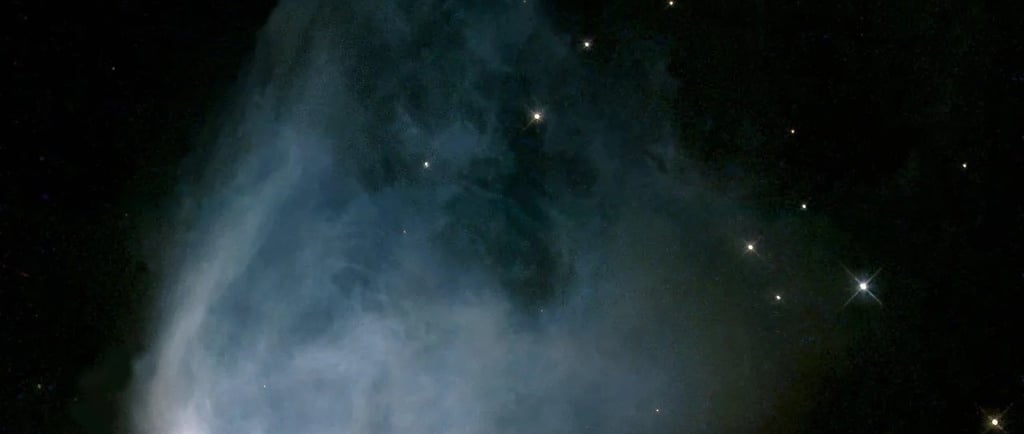Hubble's Variable Nebula: A New Perspective on Dust


Introduction to Caldwell 46
Caldwell 46, popularly known as Hubble's Variable Nebula, has captivated astronomers and stargazers for years. Located approximately 1,500 light-years away in the constellation of Monoceros, this intriguing nebula reveals much about the dynamics of star formation and the intricate structures of interstellar dust.
The Unique Features of Hubble's Variable Nebula
What sets Caldwell 46 apart from other nebulae is its dynamic nature. As new observations reveal, this nebula has a thin, shell-like structure surrounding the star known as R Mon. The changing appearance of Caldwell 46 is primarily driven by the variations in the light emitted from R Mon, whose luminescence influences the distribution of dust within the nebula. The dust particles are not static; they evolve over time, displaying a wide array of formations, shapes, and densities that create a bewildering visual narrative.
Recent Discoveries and Implications
Recent advancements in observational technology have provided astronomers with a fresh perspective on Caldwell 46. Observations highlight not only the fluctuations in brightness but also the dust distribution that envelops R Mon, leading to a better understanding of how stars interact with their surrounding environments. The shell-like structure that is now observed offers insights into the processes that govern star creation and destruction. This data is crucial for comprehending the lifecycle of stars and the overall evolution of galaxies.
At the heart of Caldwell 46's mystery is the interplay between stellar radiation and the behavior of dust. The thin shell structure plays a vital role in this relationship, acting as a conduit for energy that affects the surrounding material. Consequently, the study of Caldwell 46 transcends mere observation; it serves as a pivotal point for research into the physical properties of dust and its implications for cosmic evolution. With ongoing research and technological improvements, the mysteries that Caldwell 46 envelops will gradually unfold, paving the way for new scientific breakthroughs.
In conclusion, Caldwell 46 or Hubble's Variable Nebula continues to inspire and intrigue the astronomical community. The new observations and the discovery of the shell-like structure surrounding R Mon highlight the nebula's dynamic nature and complex interactions with its stellar counterpart. As we delve deeper into the cosmos, Caldwell 46 remains a symbol of the profound beauty and complexity of our universe, embodying the ever-evolving narrative of star formation and cosmic phenomena.
